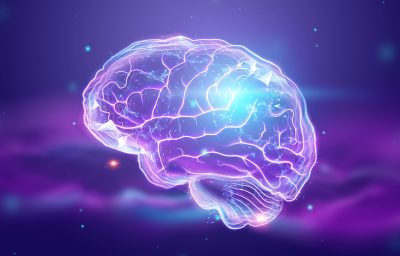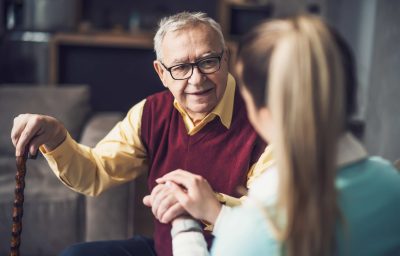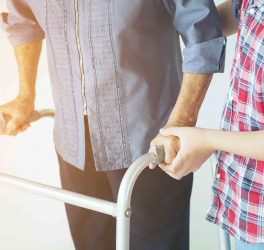
The population with a disability may be more likely to be infected by coronavirus due to lack of mobility or the possibility of communicating symptoms. For this reason, the regional manager of Social Development of the Junín Regional Government, Darwin Vela Siva, indicated that they targeted more than 100 disabled people who can be mobilized, between children and adults, for the diagnosis of covid-19.
Of all the participating members of Huancayo’s associations for the disabled, 55 passed tests and 25% had a positive result and will continue medical treatment in their homes.
The diagnosis of rapid test and clinical evaluation was in charge of the brigades of Family Physicians, the Chupaca Health Network, Regional Health Directorate (Diresa) who will also carry out follow-up in the homes of confirmed patients.
Darwin Vela, reported that this population represents one of the groups at risk for the disease and therefore, the intervention of the first 55 was coordinated. The risk of a person with a disability will be increased if they additionally suffers from a chronic disease such as diabetes, kidney failure, hypertension and others.
Because they mostly require additional support, biosafety protocols can be difficult to be 100% compliant. The official assured that the 14 people who tested positive for COVID-19 received their medications (ivermectin and others) for treatment in its first stage.
The representative of the federation of people with disabilities, Santiago Mendoza, specified that it began in Huancayo with the population that can be mobilized, but there is still a large percentage that are immobilized in their homes and require intervention.
“At the Junín region level, it was detected that there are an average of 59 thousand people of various disability degree and with registered or unregistered ailments.
As we are a population at risk, we requested support and they had the first response in this group. We want it to continue expanding in other provinces and in the homes of families who cannot move due to the complexity of their disability,” he said.








